Kent’s first overseas player
Friday 17th March 2023
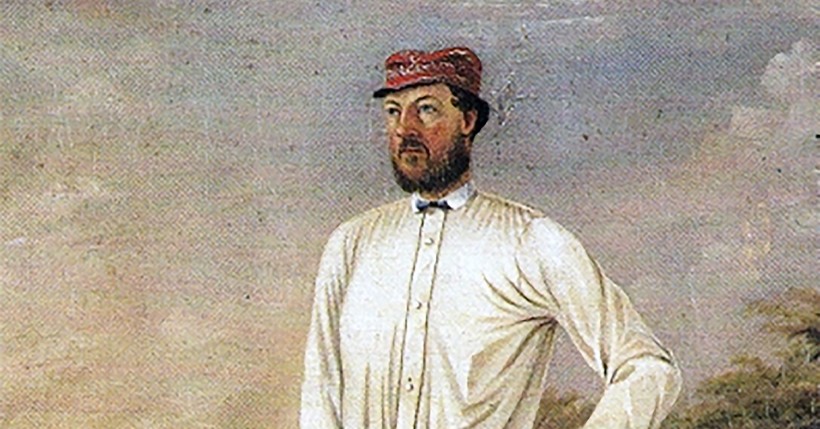
In the modern age of cricket, every county has overseas players to bolster their ranks during the season.
At Kent, over the past few years we have had the likes of former South Africa captain Faf du Plessis, New Zealanders Matt Henry & Adam Milne, Afghanistan’s cult hero Mohammad Nabi, India fast bowler Navdeep Saini & now his compatriot, Arshdeep Singh.
Australian death bowler Kane Richardson will also be a Kent Spitfire in this year’s Vitality Blast.
Since the 1950s, when South Africans Stuart Leary and Sid O’Linn played for Kent, into the sixties and seventies when the Club was blessed with great overseas players like: Asif Iqbal, John Shepherd, Eldine Baptiste and Bernard Julien, and then on into the present day; Kent Cricket has always welcomed players from around the world into its Playing XI.
But who was the first?
Kent Spitfires’ T20 opener for 2023 is against Gloucestershire at The Spitfire Ground, St Lawrence in Canterbury on Wednesday 24 May – entry to all scheduled T20 home matches is included in Kent Cricket Memberships, on sale now.
We have found four candidates, who could possibly have the accolade of Kent’s first overseas player. They are, in alphabetical order: Bransby Beauchamp Cooper, Frank Hearne, Kanwar Shumshere Singh and Thomas Spencer Wentworth Wills.
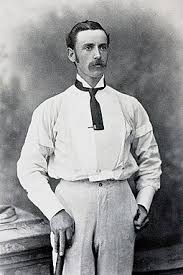
The case for Frank Hearne as Kent’s first overseas cricketer is slightly tenuous. He played for Kent from 1879 until 1889, when he emigrated to South Africa for health reasons.
He had already played Test cricket for England, but was now playing for South Africa against England, and even toured England with the South Africans in 1894.
However, as all of his cricket under a foreign flag took place after he had left Kent, he hardly qualifies as an overseas player, let alone Kent’s first.
Bransby Beauchamp Cooper is another interesting case. He was born in Dacca (now Dhaka) in what was then India but is now Bangladesh, in 1844.
He came to England as a boy and was educated at Rugby School. Despite being a fine sportsperson with the right background, he did not go on to Oxford or Cambridge, but instead played cricket as an amateur for Middlesex from 1864 to 1867. He then turned out in a handful of games for Kent in 1868 and 1869, the year before the formation of the present Kent County Cricket Club.
He then left the country, travelling first to the United States, and then a little later he moved to Australia, where he spent the rest of his life. He played once for Australia, in 1877 in the first Test match of all, and thus became an overseas cricketer who had played for Kent.
But like Frank Hearne, his qualification rests on cricket played after he left Kent, so although he played a full decade before Hearne, he is not Kent’s first overseas player.
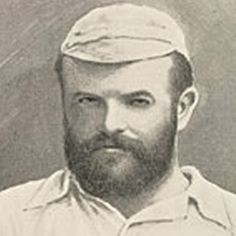
Kanwar Shumshere Singh may have the title. He was the grandson of the Maharajah of Kapurthala, then a small state in the Punjab, not far from Amritsar, the Sikh holy city.
He was born in 1879 and sent to England as a boy where he, like Cooper, studied at Rugby School, before going on to Pembroke College Cambridge, where he played just once for the university, against Surrey, in 1901.
After graduating, he studied medicine at Bart’s Hospital in London, and played four matches for Kent in 1901 and 1902.
It is not quite known how he qualified for Kent, but he had a brother living in Gravesend, with whom he might have stayed while studying to become a doctor, and he was a Cambridge contemporary of both Dick Blaker and Sammy Day, who became Kent stalwarts.
Singh’s career with Kent was not particularly long-lived, but he scored 140 runs for the county, at an average of 20, with a highest score of 45, against Worcestershire at Maidstone. He was described at the time as “a batsman with a strong defence”.
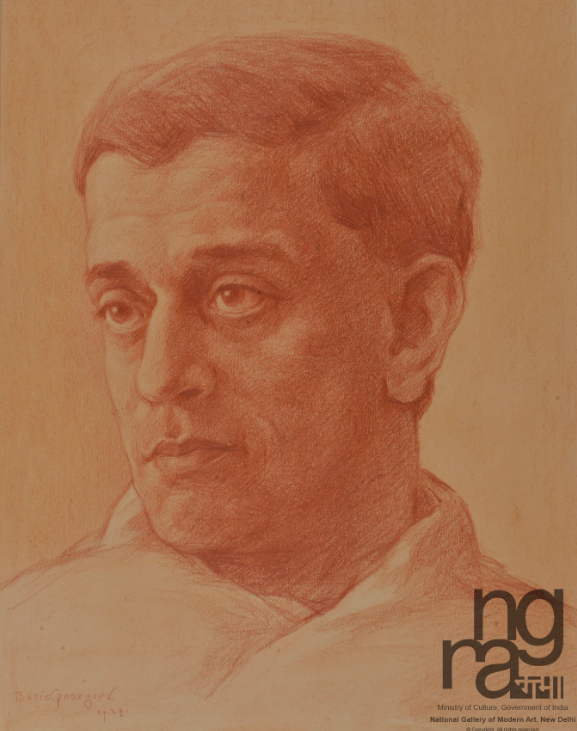
He subsequently joined the Indian Army and reached the rank of Lieutenant Colonel in the Medical Service. When he died in India in 1975, just short of his 96th birthday, he was Kent’s oldest living cricketer.
Although he never played first-class cricket in his home country, his claim to be Kent’s first overseas cricketer is very strong, if we are only counting official County Championship matches, which of course began in 1890.
The other claimant to the title of Kent’s first overseas cricketer is the splendidly named Thomas Wentworth Spencer Wills. Tom Wills was born in Molonglo, now a suburb of Canberra, Australia in 1835.
He was clearly from the outset a very talented sportsman, and his near contemporary Tom Horan, who played Test cricket for Australia in the 1870s and 1880s, described him as ‘the W.G. Grace of Australia’.
Wills was, to most, regarded as a remarkable player. His grandfather had been deported from Britain in 1798 for armed robbery – but within fifty years the family fortunes had turned round to such an extent that young Tom was able to be sent to England to complete his education at Rugby School.
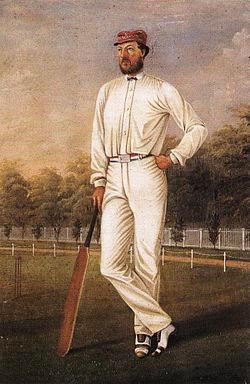
He first played cricket for Rugby in 1852, and took ten wickets with his fast round arm bowling against Westminster School in the first ever game between the two schools.
In 1855, aged almost 20 but still at Rugby, he took eleven wickets for the school in their first ever match against Marlborough, at Lord’s.
He left school that Summer, and played for Kent for the first time.
There seems to be no reason why he qualified for Kent, but this was before the County Championship began, and before many county clubs were properly constituted, so we have to presume that he had friends who persuaded him to come to Kent for a few games.
He played for Kent, for Gentlemen of Kent and for M.C.C. without achieving anything exceptional.
The next year, 1856, proved to be his last in England, but probably his most successful, if only for his achievement in gaining a Blue at Cambridge without actually being a student there.
In “Oxford v Cambridge At The Wicket”, Pelham Warner explains that “as Cambridge were a man short, they took in T.W. Wills, who, although his name was on the College books, was never actually in residence”. He batted at number 9 and was, somewhat ironically, bowled by Cloudesley Marsham of Oxford and Kent, for 3. As Cambridge won by three wickets, he did not bat a second time. He did however, bowl in Oxford’s second innings, and took one wicket for 14 runs.
After that he played once more for the Kent county side, and also several times for other teams. He played in Canterbury Week that year for the Gentlemen of Kent and Sussex, against M.C.C.
On his return to Australia, he lived near Geelong in Victoria, and spent most of his time playing cricket rather than studying law, as he was supposed to. He captained Victoria against George Parr’s touring team in 1864, played against W.G. Grace’s touring party in 1874 and also found time during the Winter months to help develop Australian Rules football, of which he is now considered a founding father.
So there you have it. The first player from overseas to play for the full county side was probably Tom Wills, but the first overseas player to play Championship cricket for Kent after 1890 was Kanwar Shumshere Singh. They both add significantly to the history of Kent Cricket.
By Jonathan Rice, edited & updated by Liam Knight
Article in partnership with the Kent Cricket Heritage Trust (KCHT). Click here for more information on how to join the KCHT.
Tickets for all matches at Kent Cricket in the 2023 season, including the Vitality Blast, One-Day Cup & LV= Insurance County Championship are on sale now:
I want to go

